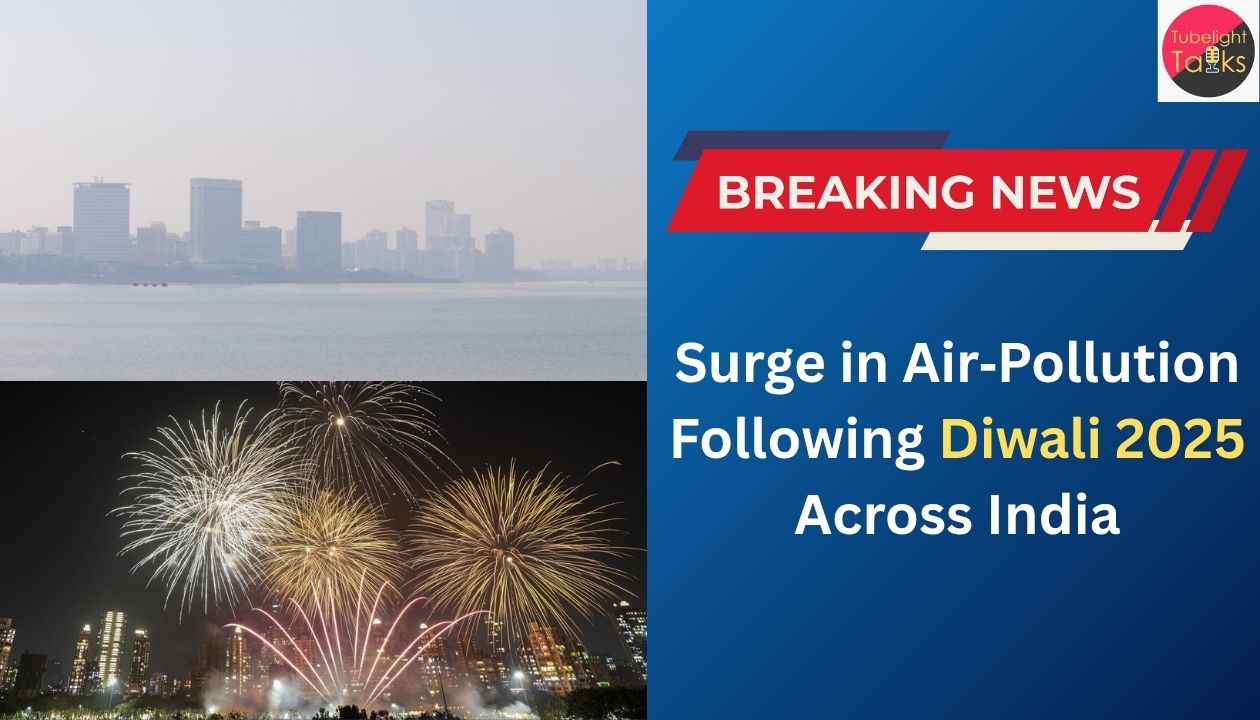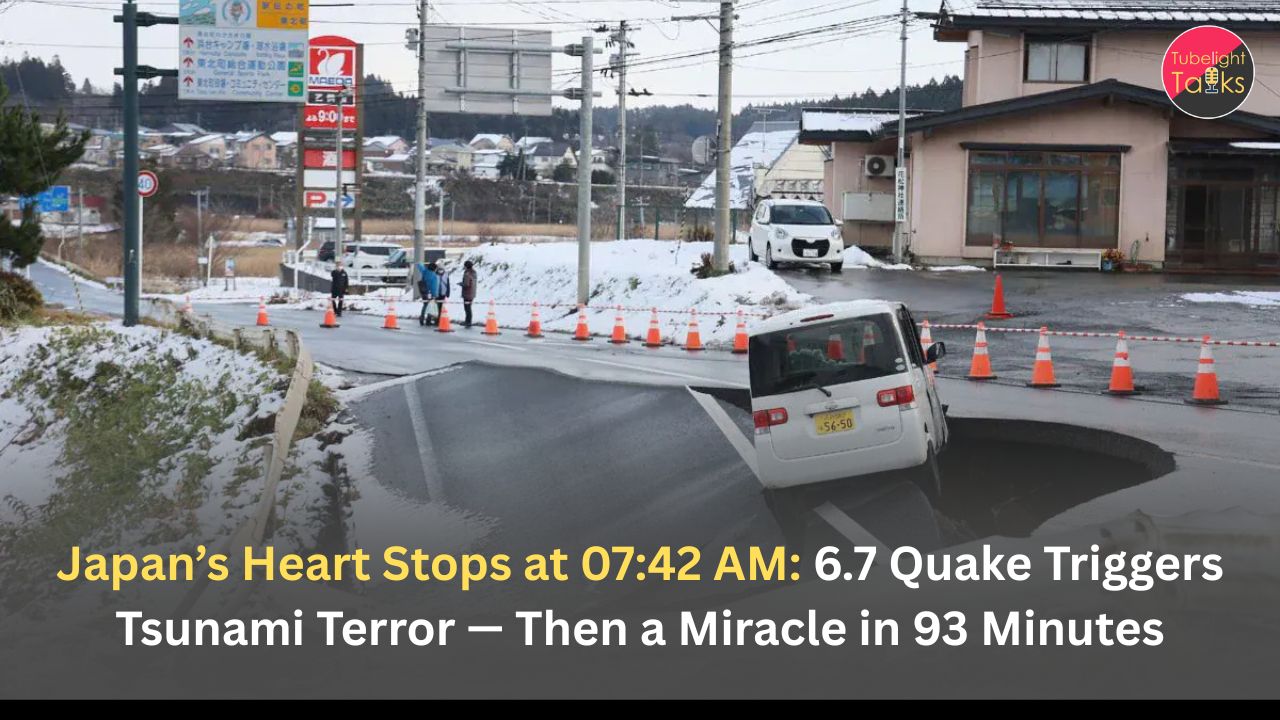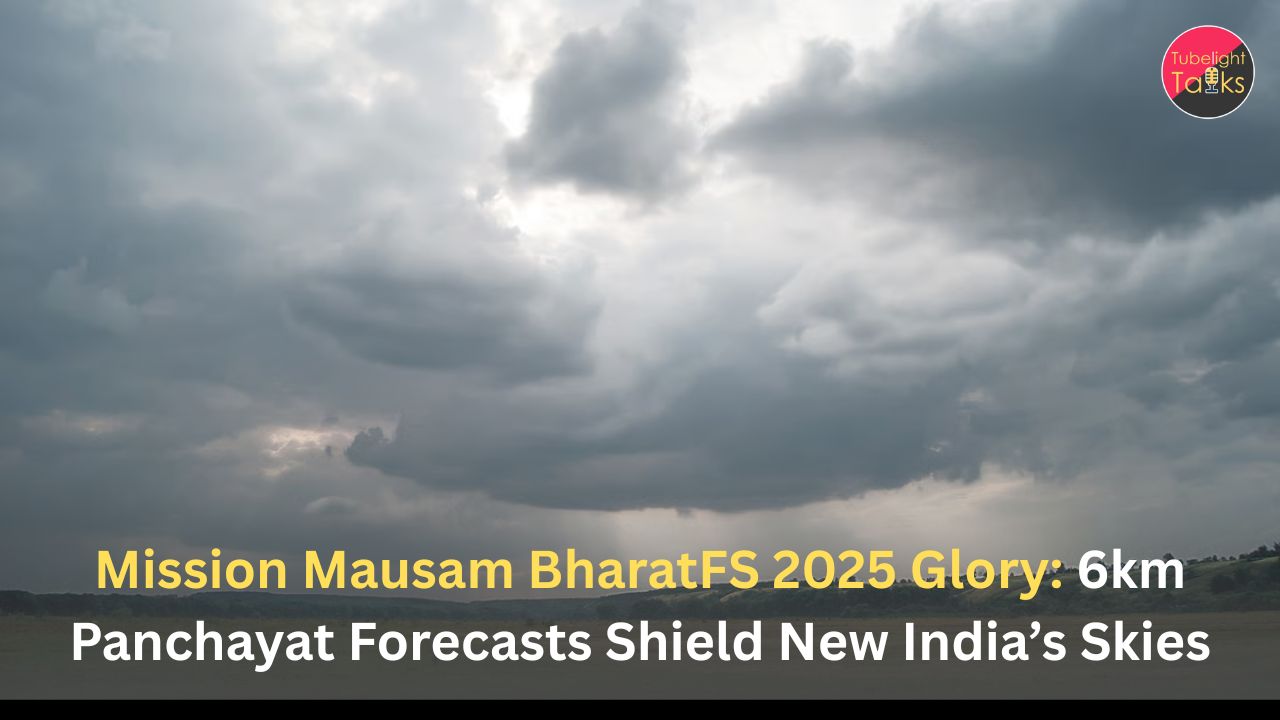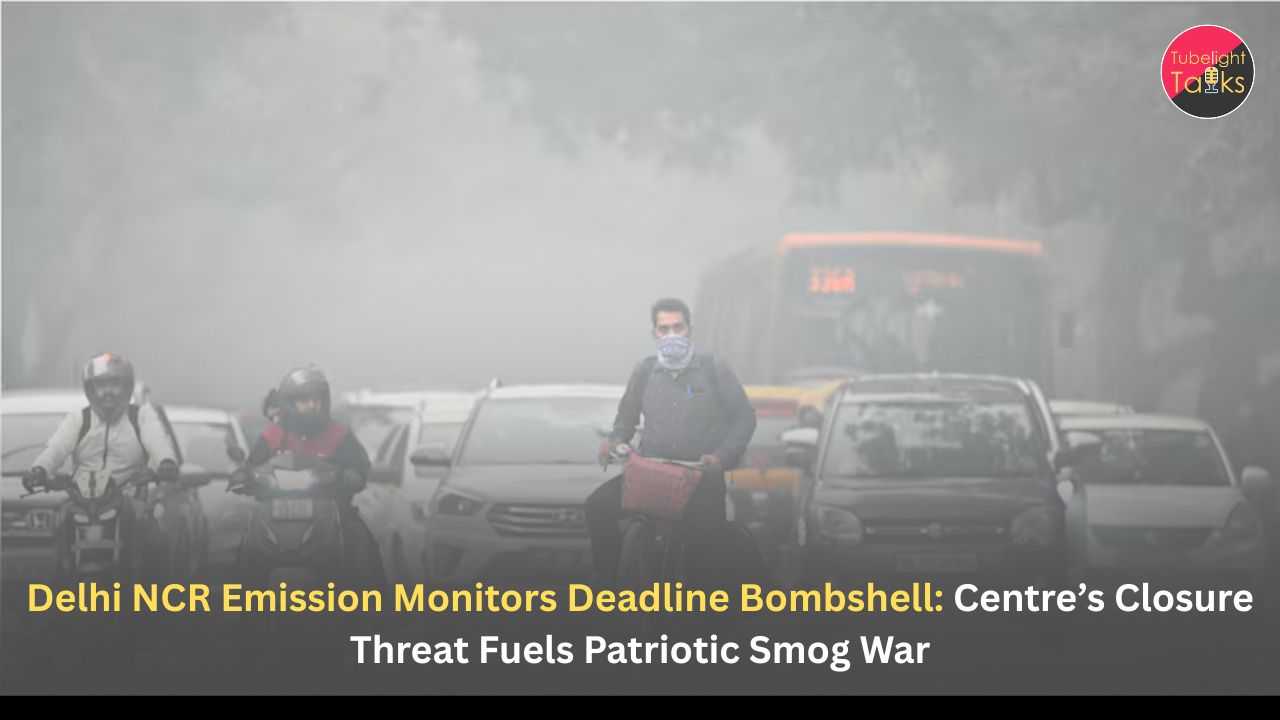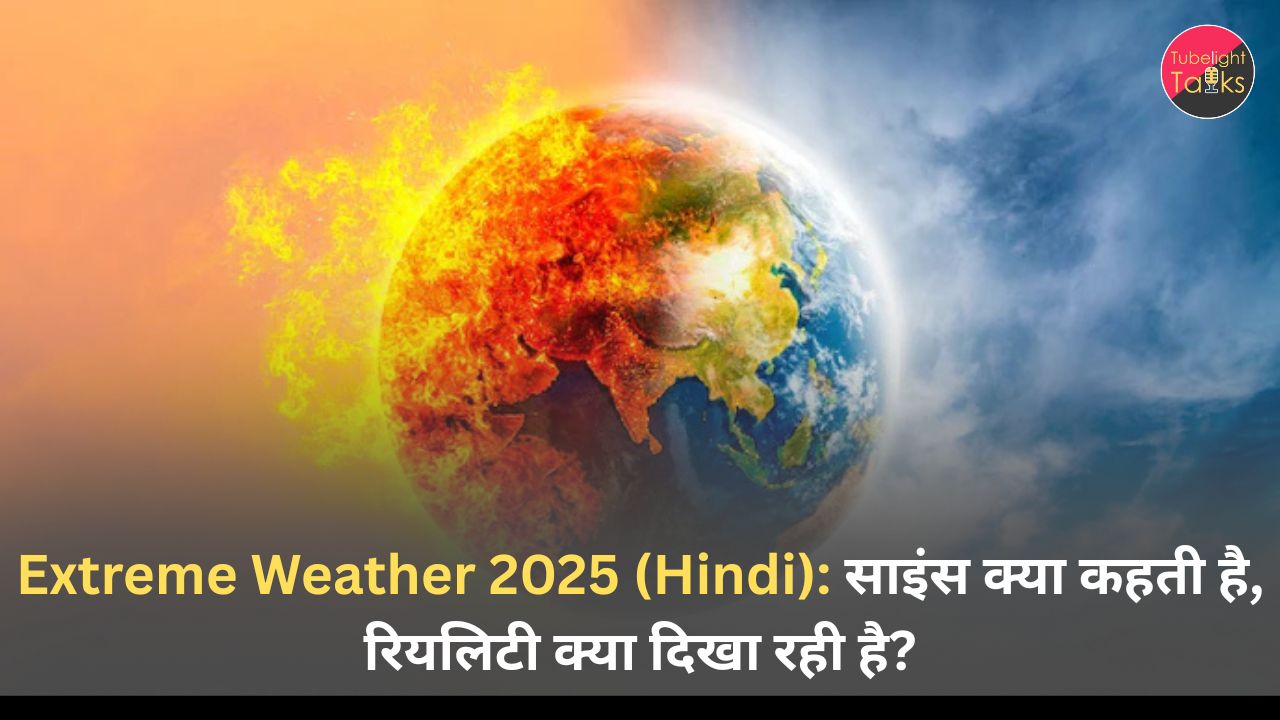Surge in Air‑Pollution: The festive glow of Diwali was quickly overshadowed across northern India by a blanket of toxic air. On Tuesday 21 October 2025, air‑quality in the national capital and neighbouring regions plunged into the “hazardous” category. The Swiss monitoring group IQAir recorded an AQI reading of 442 for New Delhi, with PM2.5 levels more than 59 times the World Health Organization’s (WHO) annual guideline. India’s Central Pollution Control Board (CPCB) rated the day’s air as “very poor” with an AQI of 350.
This spike is not limited to Delhi alone. Cities in the Delhi‑NCR area such as Noida, Ghaziabad and Gurgaon recorded record pollution levels, and similar surges were reported in the Punjab plains and parts of eastern India. Experts emphasise that the sudden increase is due to a convergence of traditional pollution sources, meteorological conditions and a festival‑driven burst in emissions.
Underlying Causes of the Pollution Spike
Firecrackers and Festive Emissions
Despite ongoing concerns, the Supreme Court of India this year allowed limited use of “green firecrackers” for Diwali, with less‑polluting properties — yet many reports indicate rules were widely flouted. On Diwali night, multiple stations in Delhi recorded AQI over 400, with PM2.5 values peaking above 1,800 in some locations — a furious spike that overwhelmed typical pollution levels.
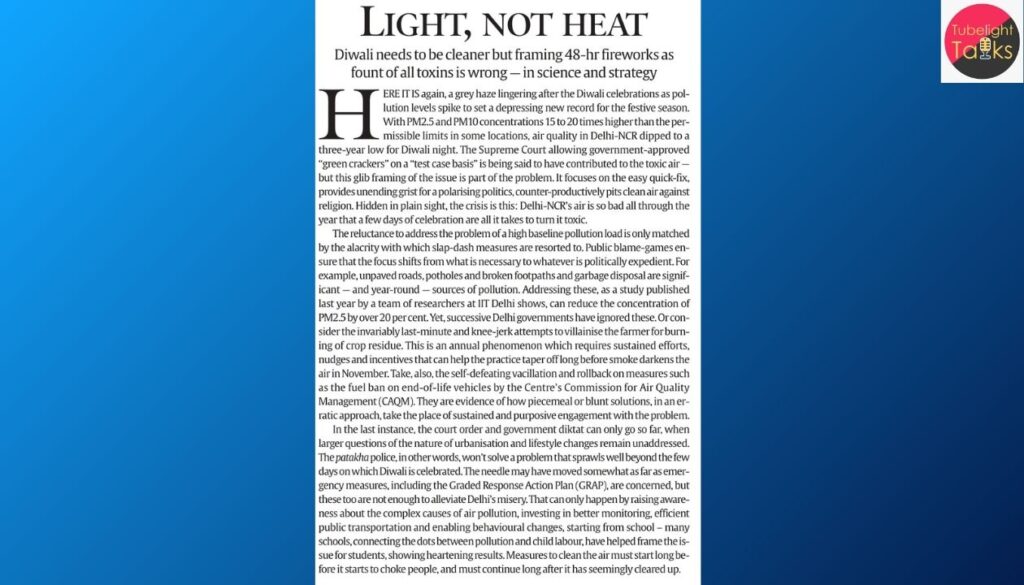
Vehicle Emissions, Construction Dust & Crop‑Fire Smoke
Beyond fireworks, the region suffers from heavy traffic, dust from construction, and smoke from crop residue burning. These sources are always present during the winter period — but when coupled with firecracker emissions and stagnant air, they magnify the problem.
Meteorology and Air‑Stagnation
Cold weather, low wind speed and thermal inversion trap pollutants near surface level. On Diwali week, the winds were below average and the mixing height shallow, preventing dispersal of particulate matter.
Nationwide Scope & Health Impacts
Regional Spread
While Delhi captured headlines, the pollution surge reached other states too. Punjab’s AQI shot to 231, a 50 % leap in a single day. Kolkata and eastern regions echoed this with AQI over 300 on festival night. Rural and peri‑urban areas, often less monitored, are also acutely exposed to particulate fallout — underlining the nationwide nature of the crisis.
Public Health Crisis
Airborne PM2.5 and PM10 particles penetrate deep into lungs and bloodstream, contributing to respiratory infections, heart disease, strokes and even premature death. Delhi’s seasonal smog is estimated to cause nearly 10,000 premature deaths annually. On Diwali‑day and the following morning, hospitals reported a surge in asthma and breathlessness cases in the capital and NCR.
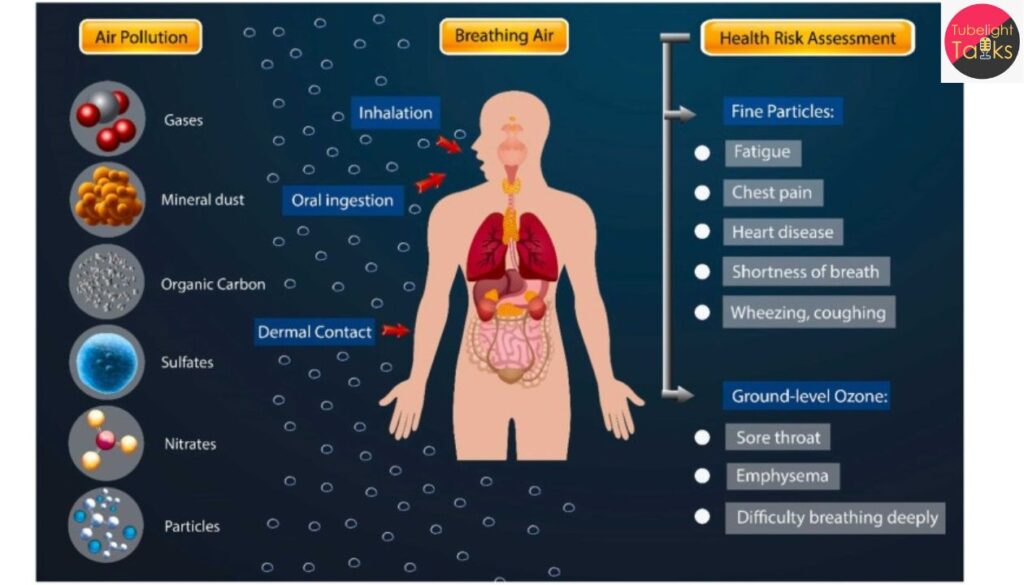
Economic & Social Burden
The cost of poor air quality is high: lost work‑days, increased healthcare spending, reduced outdoor activity and impaired productivity. The sluggish dispersal of toxins also impairs solar‑energy generation and agricultural output, as sunshine hours decline.
Policy Response and Institutional Action
GRAP Levels and Immediate Measures
Ahead of Diwali, authorities triggered GRAP (Graded Response Action Plan) Stage 2 restrictions in Delhi‑NCR, limiting construction, diesel generator use and issuing health advisories. But the timing proved insufficient given the scale of fireworks after‑effect.
Read Also: दिल्ली‑एनसीआर में ‘बहुत खराब’ हवा के बीच GRAP‑2 लागू
Longer‑Term Policy Reforms Needed
Experts say that short‑term curbs are no silver‑bullet. Deeper reforms are required: electrification of vehicles, stringent emission controls, phasing out crop‑residue burning, boosting public transport, and promoting cleaner festival practices. Some research highlights the causal links between industrial/vehicle emissions and PM2.5 dynamics in Delhi region.
Citizen Role & Private Sector Participation
Public awareness, behavioural change and corporate accountability are equally critical. Citizens are urged to monitor air‑quality apps, limit outdoor activity on high‑AQI days, use masks and restrict firecracker usage. Businesses and institutions also need to adopt sustainable practices, especially in construction and logistics sectors.
True Perspective on Celebration and Environment
In a nation that celebrates light, festivity and community, the current air‑crisis invites reflection. The teachings of Sant Rampal Ji Maharaj emphasise that true progress arises when human action respects nature, safeguards health and advances collective welfare—not just spectacle. The spike in post‑Diwali pollution is more than a seasonal event; it is a call to align cultural celebration with environmental responsibility, personal well‑being and social conscience.
What Lies Ahead — Outlook and Action Path
Short‑Term Forecast
Meteorologists warn that the air‑quality in Delhi‑NCR is likely to remain in the “very poor” to “poor” category (AQI 201‑400) for several days unless conditions change. Authorities must ramp up real‑time monitoring, enforce curbs swiftly and provide health guidance especially for vulnerable groups.
Medium‑to‑Long‑Term Strategy
For systemic impact, India must integrate festive‑emission controls into national‐air‑quality frameworks, extend green‑cracker alternatives, standardise compliance and invest in clean‑technology deployment. The National Clean Air Programme (NCAP) must prioritise cities‑and‑districts with recurring festival‑smog cycles.
Societal Shift and Cultural Re‑thinking
Ultimately, this moment is not only policy‑making—it is about cultural re‑thinking. When festivals overlap with environmental harm, citizens and institutions must ask whether tradition is serving humanity or harming it. Celebration and clean air need not be contradictory—but they require will, innovation and collective resolve.
FAQs: Post‑Diwali Air‑Pollution Surge
Q1. How bad is the air‑pollution after Diwali 2025?
In Delhi, AQI readings reached 442 and PM2.5 levels were over 59 times the WHO annual guideline.
Q2. What caused the spike?
Widespread fireworks use, vehicle & dust emissions, crop‑fire smoke and stagnant winter weather combined to create hazardous conditions.
Q3. Which regions are impacted beyond Delhi?
Cities across Delhi‑NCR (Noida, Ghaziabad, Gurgaon), Punjab, parts of the east and rural areas are all affected.
Q4. What are the health‑implications?
Increased respiratory illnesses, cardiovascular risk, more hospital admissions and long‑term disease burden — especially among children and older adults.
Q5. What should be done now?
Immediate: stay indoors, use N95 masks on high‑AQI days, monitor air‑quality apps.






